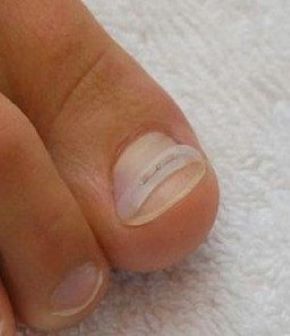According to the latest research, 25% of the UAE population has diabetes. Nervous system damage (also called neuropathy) affects about 60 to 70 percent of people with diabetes and is a major complication that may cause diabetics to lose feeling in their feet or hands. Foot problems are a big risk in diabetics. Diabetics must constantly monitor their feet or face severe consequences, including amputation. With a diabetic foot, a wound as small as a blister from wearing a shoe that’s too tight can lead to a lot of damage. Diabetes decreases blood flow, so injuries are slow to heal. When a wound is not healing, is at risk for infection and infections spread quickly in diabetics.
If you have diabetes, you should inspect your feet every day. Look for puncture wounds, bruises, pressure areas, redness, warmth, blisters, ulcers, scratches, cuts, and nail discoloration. Get someone to help you, or use a mirror.
Here’s some basic advice for taking care of diabetic feet:
- Always keep your feet warm.
- Don’t get your feet wet in the rain.
- Keep feet away from heat (hot sand, heating pads, hot water pads, electric blankets, radiators, fireplaces). You can burn your feet without knowing it. Water temperature should be less than 34 degrees. Estimate with your elbow or bath thermometer (you can get one in any store that sells infant products).
- Don’t soak your feet.
- Don’t use antiseptic solutions (such as iodine or salicylic acid) or over-the-counter treatments for corns or calluses.
- Don’t use any tape or sticky products, such as corn plasters, on your feet. They can rip your skin.
- Trim your toenails straight across. Avoid cutting the corners. Use a nail file or emery board. If you find an ingrown toenail, contact our office for treatment.
- Use quality lotion to keep the skin of your feet soft and moist, but don’t put any lotion between your toes.
- Wash your feet every day with mild soap and warm water.
- Wear warm socks and shoes in winter.
- When drying your feet, pat each foot with a towel and make sure you dry between your toes.
- Buy shoes that are comfortable without a “breaking-in” period. Check how your shoe fits in width, length, back, bottom of heel, and sole. Avoid pointed-toe styles and high heels. Try to get shoes made with leather upper material and deep toe boxes. Wear new shoes for only two hours or less at a time.
- Don’t wear the same pair of shoes everyday. Inspect the inside of each shoe looking for foreign objects, protruding nails, or any rough spots inside before putting them on. Don’t lace your shoes too tightly or loosely.
- Choose socks and stockings carefully. Wear clean, dry socks every day and always wear socks with shoes.
- Avoid socks with holes or wrinkles. Thin cotton socks are more absorbent for summer wear. Square-toes socks will not squeeze your toes. Avoid stockings with elastic tops or garters.
- Never wear thongs (flip-flops) and never go barefoot, indoors or out.
- Don’t file down, remove, or shave off corns or calluses yourself.






